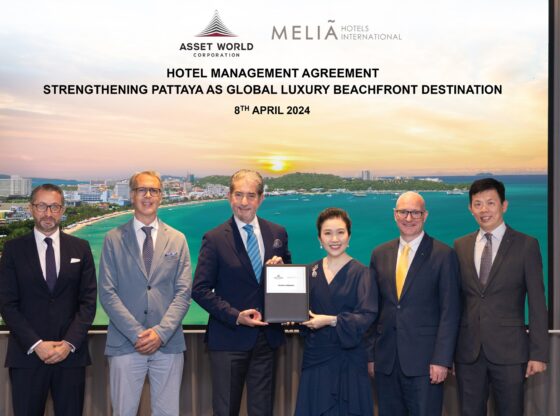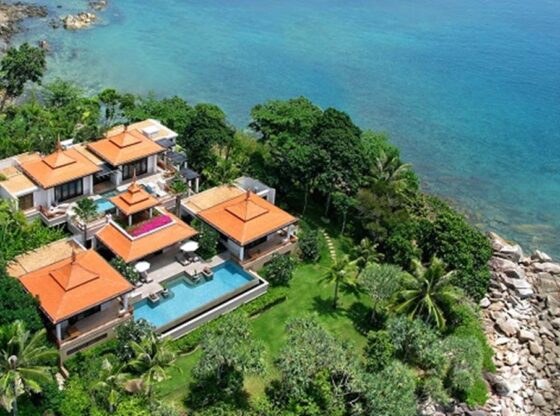![]()
The Tourism Authority of Thailand (TAT) has adopted a simplified “A-B-C Strategy” to promote emerging tourist destinations by creating inter-linked, theme-related travel routes that its says better distribute visitor flows nationwide.
Speaking at TAT’s media briefing on the opening day of the Thailand Travel Mart Plus (TTM+) 2019, Mr. Tanes Petsuwan, TAT Deputy Governor for Marketing Communications, said that this year’s TTM+ 2019 is being held under the theme of ‘New Shades of Emerging Destinations’, a continuation of long-standing TAT efforts to promote emerging destinations, create jobs and distribute revenue countrywide sustainability.

He said Thailand is now offering a choice of 55 emerging destinations to visitors seeking exciting new experiences in both international and domestic markets. In 2018, these destinations recorded 6 million (6,223,183) trips by foreign tourists, a growth of +4.95% on the previous year.
Mr. Tanes said the entire concept of positioning Thailand as a ‘Preferred Destination’ is designed around the concept of offering quality products and services to travellers through Unique Local Experiences while balancing quantity versus quality, and marketing versus management.
In line with that policy and concept, the A-B-C strategy has been adopted to ensure both clarity and simplicity:
A – Additional: Connect major destinations to nearby emerging cites. For example, in the North, tourists can travel by car within an hour to Lamphun and Lampang from Chiang Mai. Likewise, on the Eastern Searboard, Pattaya can be linked to Chanthaburi and Trat in the East.
B – Brand New: Some popular destinations can be individually promoted thanks to their strong identity and positioning. For example, Buri Ram in the Northeast has a rich Khmer heritage and is also becoming a regional hub for domestic and global sports events since the opening of the Chang Arena and Chang International Circuit.
C – Combined: Some emerging cities can be promoted in combination due to their proximity, shared histories and civilisations. For example, Sukhothai with Phitsanulok and Kamphaeng Phet would make an outstanding historical route.
Mr. Tanes said some of these emerging cities are already seeing arrivals of international tourists in the past few years as follows:
Chiang Rai: Since the globally-publicised cave-rescue of the ‘Wild Boars’ youngsters, this northernmost province has become the most visited emerging city in Thailand. Extremely popular with Chinese visitors, Chiang Rai is enriched with both cultural gems and natural wonders such as, the White and Blue Temples, as well as Phu Chi Fah.
Trat is a rising beach-hideaway destination for island hoppers especially young Europeans, led by the Germans. Popular islands include Koh Chang and Koh Kut.
Sukhothai is a magnet for history-buffs, as it was the first capital of the Kingdom and the Sukhothai Historical Park is acclaimed as an UNESCO World Heritage Site. This destination has become increasingly popular with French tourists.
Nong Khai, on the Mekong River, is popular with border-crossing Laotians and foreign tourists. A gateway city to the Mekong countries, it is on the same route is Udon Thani, which boasts the Ban Chiang Archaeological Site, a World Heritage Site since 1992.
Mr. Tanes said that some other emerging destinations expected to become more popular in future are: Mae Hong Son, Lampang and Trang.












